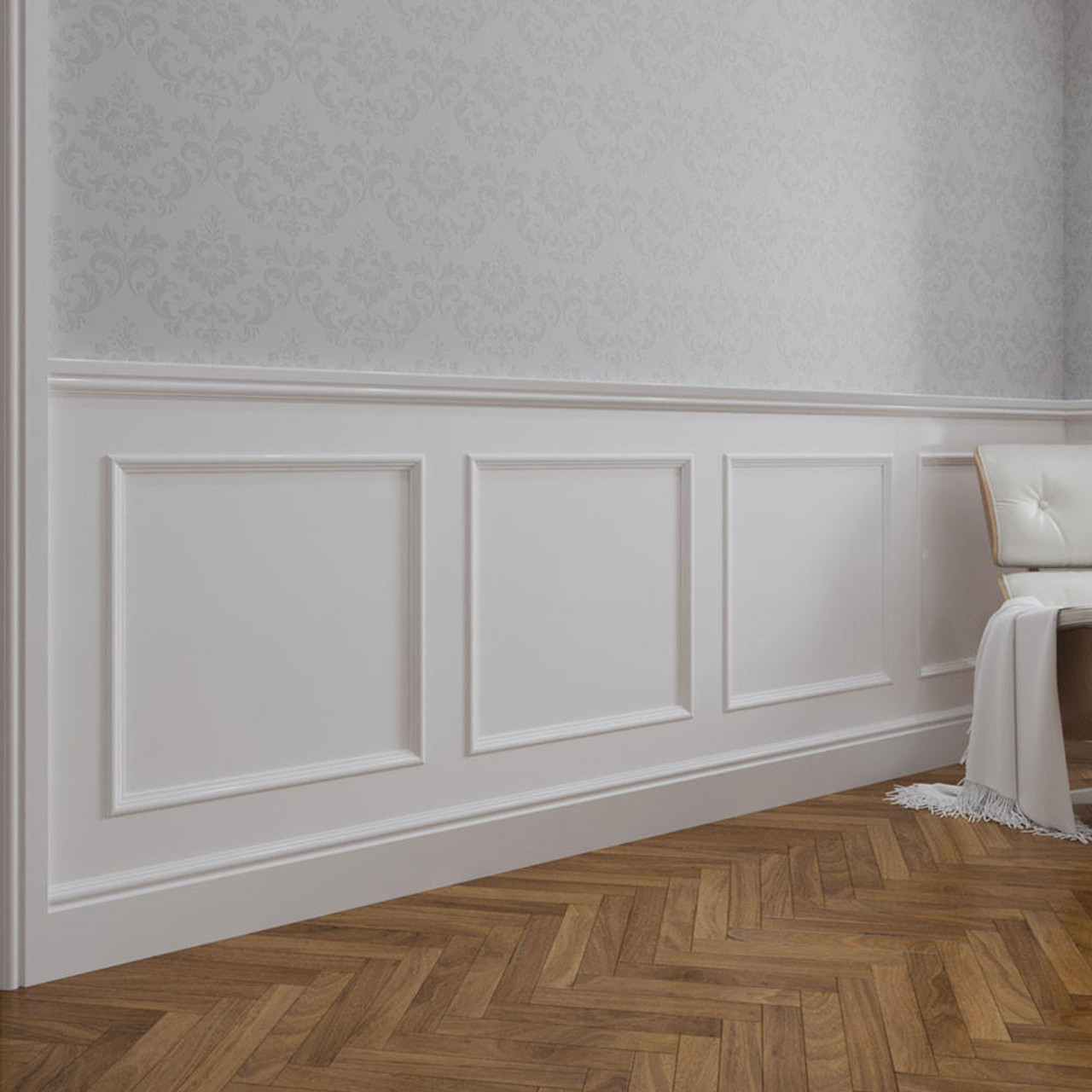How to Choose the Proper Wooden Wall Paneling for Any Room
How to Choose the Proper Wooden Wall Paneling for Any Room
Blog Article
Modern Wooden Wall Paneling Traits to Watch
Wooden wall paneling has seen an extraordinary resurrection in interior style styles, providing a little elegance, warmth, and flexibility to any room. Creating the best choice for the space can transform a dull wall in to a sensational central point. From type considerations to useful tips, this guide will walk you through how to pick the perfect mdf wall panelling kits for your house or office.
1. Think about the Room's Function and Visual
Performance
Each room at home serves an original function, and the selection of wooden paneling must complement it. For an income space, you could choose extraordinary, bumpy timber to create an inviting ambiance. Bedrooms may possibly benefit from clean, minimal sections for a comfortable and tranquil vibe. For places like kitchens or bathrooms, guarantee you decide on paneling that's moisture-resistant or sealed to tolerate humidity.
Style and Concept
The aesthetics of the paneling should align along with your room's overall theme. For modern decorations, clean lines and light-colored woods such as for example birch or maple create a glossy look. Rustic or farmhouse areas are brought alive with distressed timber or reclaimed wood offering warmer, organic tones. A Scandinavian-inspired design frequently benefits from soft woods and easy grain patterns.
2. Select the Kind of Wood and End
Solid Timber vs. Manufactured Timber
Wood paneling offers an traditional search, longevity, and amazing attraction, but it may be expensive. Engineered timber panels, on the other hand, are more affordable and come in different designs and finishes. They could simulate the looks of wooden while providing increased humidity opposition and less susceptibility to warping.
Completes and Solutions
Panel completes, such as tainted, colored, or varnished timber, enjoy a significant position in determining their final appearance. Discoloration shows the natural wheat of the wood, while decorated sections enable a broader range of color options. For extra security, assure the sections are closed with treatments suited to your environment.
3. Think About Screen Measurement and Alignment
Wall paneling will come in a number of styles, from narrow pieces to big sheets. Vertical panels can make a space seem taller, which is great for spots with decrease ceilings. Horizontal paneling, on one other give, generates a larger experience, making smaller areas look larger and more open.
4. Know Your Budget
Collection a budget that features not merely the expense of the timber paneling but additionally installation and preservation expenses. While premium hardwood options, like oak or pine, may raise your room, there are many cost-effective solutions like plywood or medium-density fiberboard (MDF) that also offer cosmetic charm at a portion of the cost.
5. Evaluate Light in the Space

The kind of wood and its end will react differently to light. Light woods brighten up candlight areas, reflecting sunshine or synthetic light. Conversely, deeper woods include depth and wealth to obviously bright rooms but can make little or defectively lit spaces feel more surrounded if heavily used.
6. Factor in Durability and Preservation
Each kind of wooden cell requires different levels of upkeep. Hardwoods like cherry or mahogany are resilient and long-lasting but may need more polishing to keep their go over the years. Engineered timber or panels with defensive coatings are often easier to clean and take care of, specially in high-traffic areas.
Lift Your Rooms with the Proper Wooden Paneling
Deciding on the best wooden wall paneling may entirely change the design and feel of your space. Hold your room's operation, fashion, and practicality in mind as you investigate options. With innovative collection, wooden paneling blends function and design, offering your rooms a classic charm that aligns with contemporary design trends. Report this page